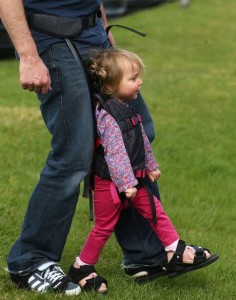 [/caption]
[/caption]
We are very excited to announce that our esteemed faculty member Erin Ross has had her SOFFI Method© of feeding recommended by the National Association of Neonatal Nurses.
The National Association of Neonatal Nurses recently published the Infant-Directed Oral Feeding for Premature and Critically Ill Hospitalized Infants. They state “To optimize the use of this guideline, it is recommended that the Supporting oral Feeding in Fragile Infants (SOFFI) Feeding Algorithm ((C) 2013 by Erin Ross) be used concurrently.” They also state “the use of the SOFFI in conjunction with this guideline is highly recommended. The SOFFI algorithm is grounded in similar principles as described in this guideline.”
Erin offers her SOFFI Method© : Supporting Oral Feeding in Fragile Infants
March 21-22, 2014 – Ft Lauderdale Area, FL
April 5-6, 2014 – Cincinnati, OH
October 24-25, 2014 – New Brunswick, NJ
“Dr. Ross is a wonderful speaker who presented the information in an easy to understand format and answered all questions above & beyond my expectations. This course is wonderful for therapists of all levels. You can feel the passion Dr. Ross has for treating and teaching about infant & premature development and feeding. i was able to apply information to past & present clients/patients and leave with immediate confidence & supportive research for application in process.” – Jessica VanBrocklin, SLP
National Association of Neonatal Nurses
“This guideline offers evidence-based protocols that can be individualized to an infant’s abilities (infant-directed) and acknowledge the family as the primary caregiver and feeder (family-centered). Guidance is provided for nurses to help parents interpret infant cues during feeding, problem solve infant behavior issues, and explore interventions to support the infant’s self-regulation throughout feedings. Based heavily on the literature, this guideline offers a consistent approach and language for all caregivers, including family members, in the pursuit of optimal oral feeding outcomes.”
]]>


 [/caption]
[/caption]
 [/caption]
[/caption]